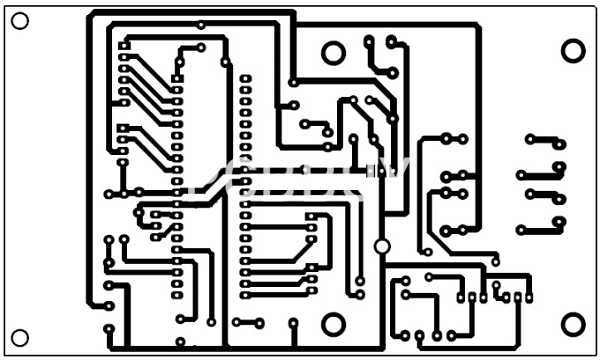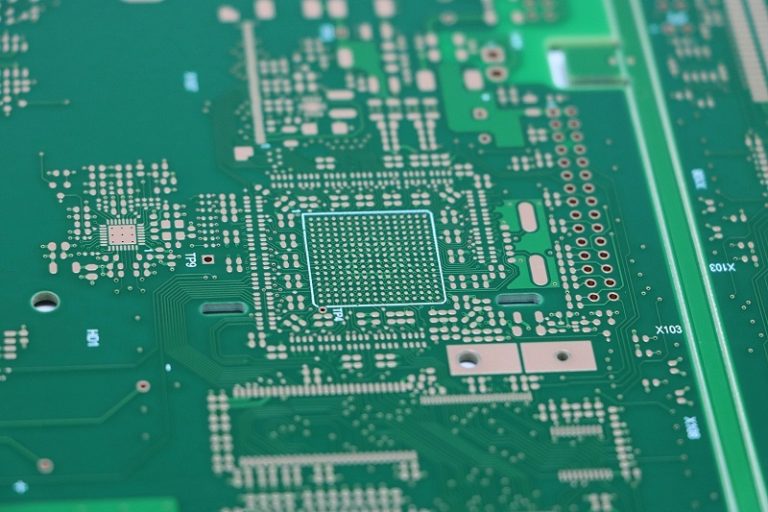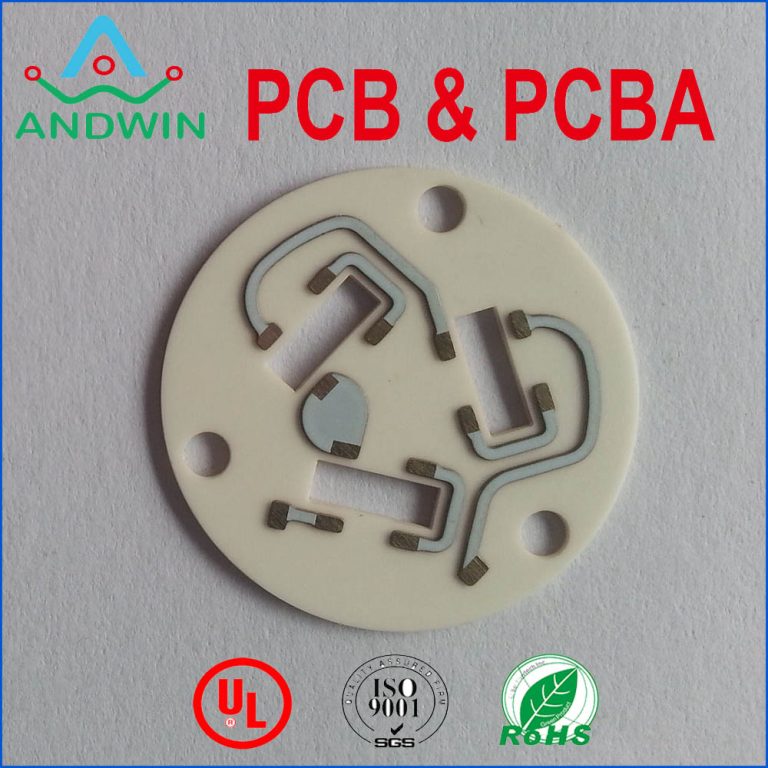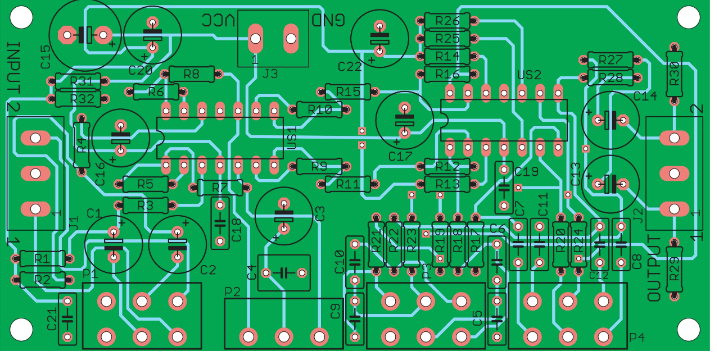9 pin ceramic tube socket pcb
Design and Application Guide for 9-pin Ceramic Tube Socket PCB
The design and application of 9-pin ceramic tube socket PCB is of great significance in the field of electronic engineering. First of all, it is crucial to understand the basic structure and function of the 9-pin ceramic tube socket. Ceramic tube sockets are usually used for the connection of vacuum tubes and electron tubes, and are favored for their excellent heat resistance and electrical insulation properties. The 9-pin design provides more connection options and is suitable for complex circuit requirements.
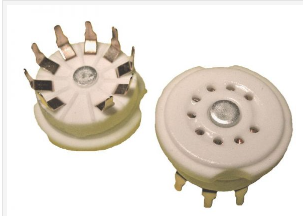
When designing a 9-pin ceramic tube socket PCB, choosing the right material and layout is the key.
The choice of ceramic material directly affects the durability and performance of the socket. High-quality ceramic materials can not only withstand high temperatures, but also provide stable electrical performance. In addition, the layout design of the PCB also needs to take into account signal integrity and electromagnetic compatibility. Reasonable layout can reduce signal interference and improve the overall performance of the circuit.
Next, the welding process is an important link to ensure the reliable connection between the 9-pin ceramic tube socket and the PCB.
Due to the particularity of ceramic materials, special welding tools and techniques are required for welding. Generally, the use of lead-free solder and precision welding technology can effectively improve the welding quality and avoid electrical failures caused by poor welding. At the same time, attention should be paid to temperature control during welding to avoid excessive temperature damage to the ceramic socket or PCB.
In addition, the 9-pin ceramic tube socket PCB has a wide range of applications, covering multiple fields from audio equipment to high-frequency communication equipment. In audio equipment, ceramic tube sockets are often used to connect vacuum tube amplifiers to provide high-fidelity sound quality. In high-frequency communication equipment, ceramic tube sockets are used to connect high-frequency electron tubes to ensure the stability and reliability of signal transmission. Regardless of the application field, the 9-pin ceramic tube socket PCB can play its unique advantages and improve the overall performance of the equipment.
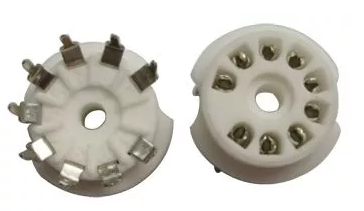
In order to ensure the long-term reliability of the 9-pin ceramic tube socket PCB, regular maintenance and inspection are also essential. Regular inspection of welding points and connections, timely detection and repair of potential problems can effectively extend the service life of the equipment. In addition, keeping the working environment clean and dry to avoid the influence of dust and moisture on the circuit is also an important part of maintenance.
In summary, the design and application of the 9-pin ceramic tube socket PCB involves many aspects, from material selection, layout design to welding process and application field, every link is crucial. Through reasonable design and fine craftsmanship, the advantages of the 9-pin ceramic tube socket can be fully utilized to improve the performance and reliability of electronic equipment. Regular maintenance and inspection are the guarantee to ensure its long-term stable operation.

